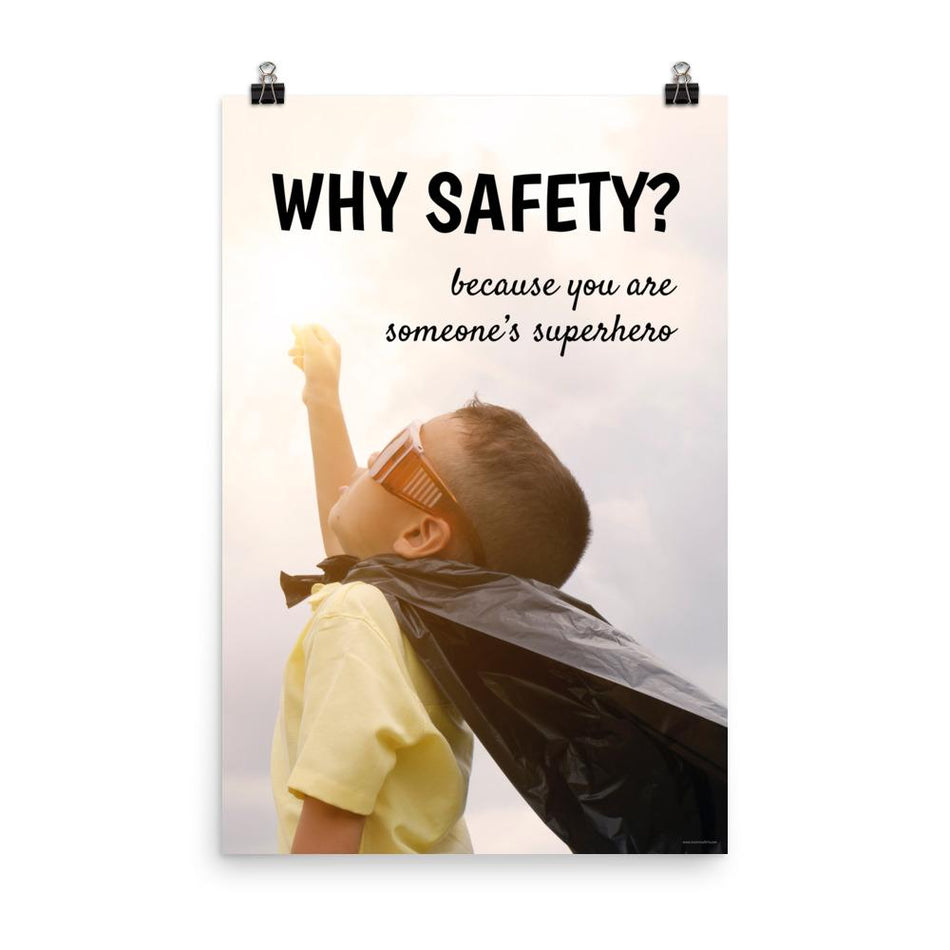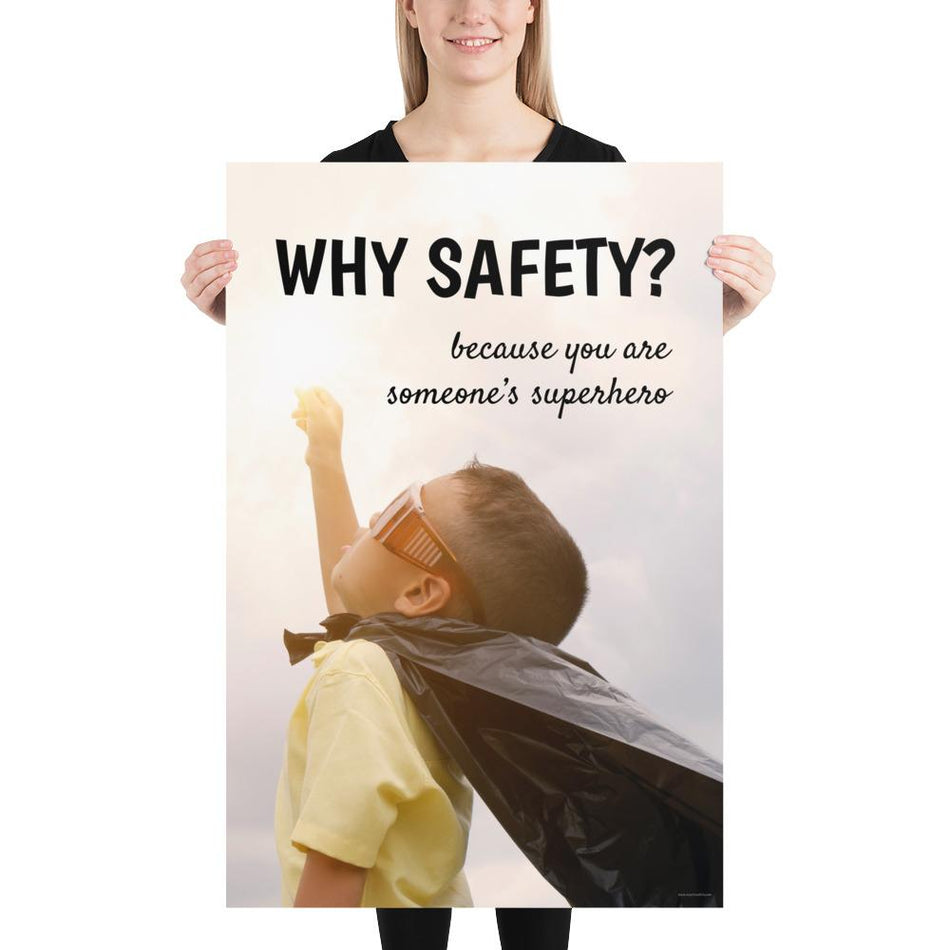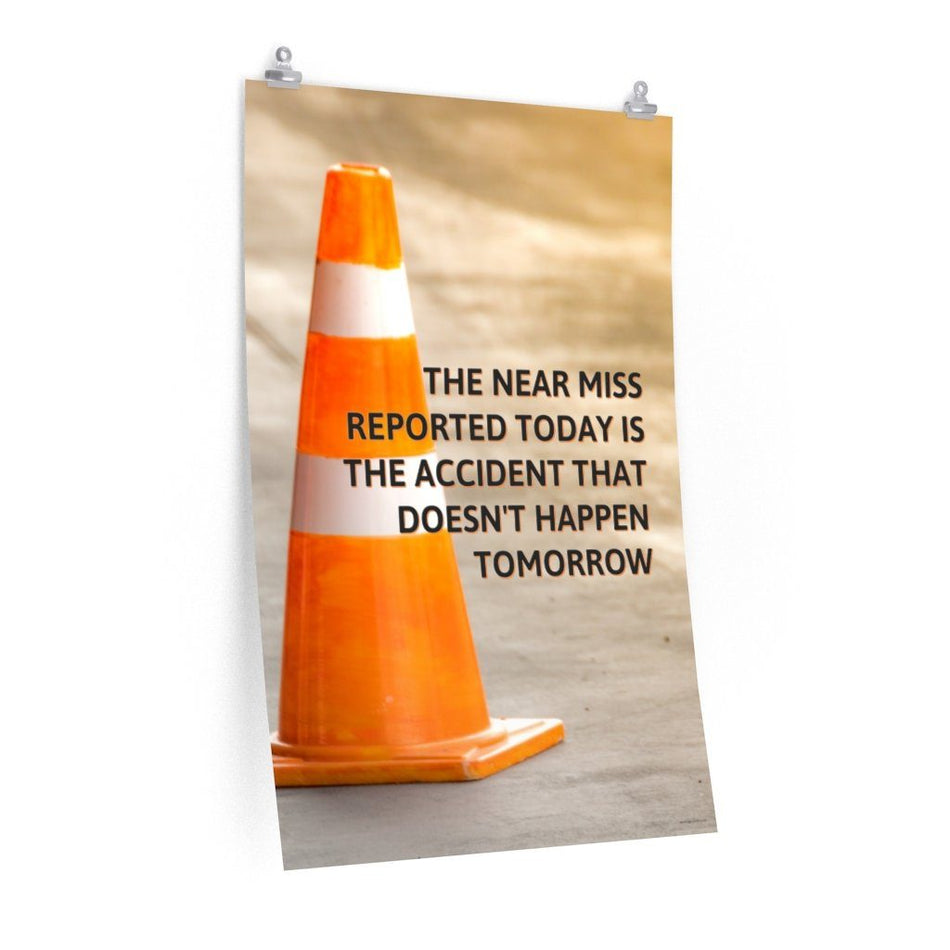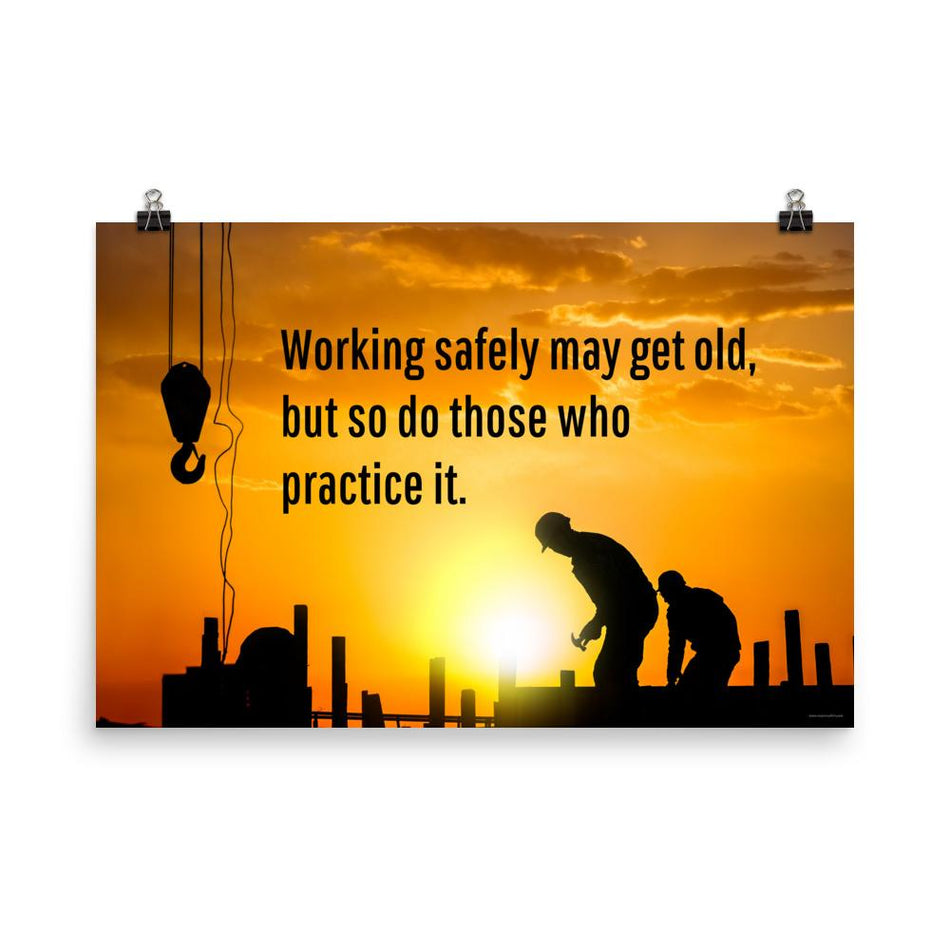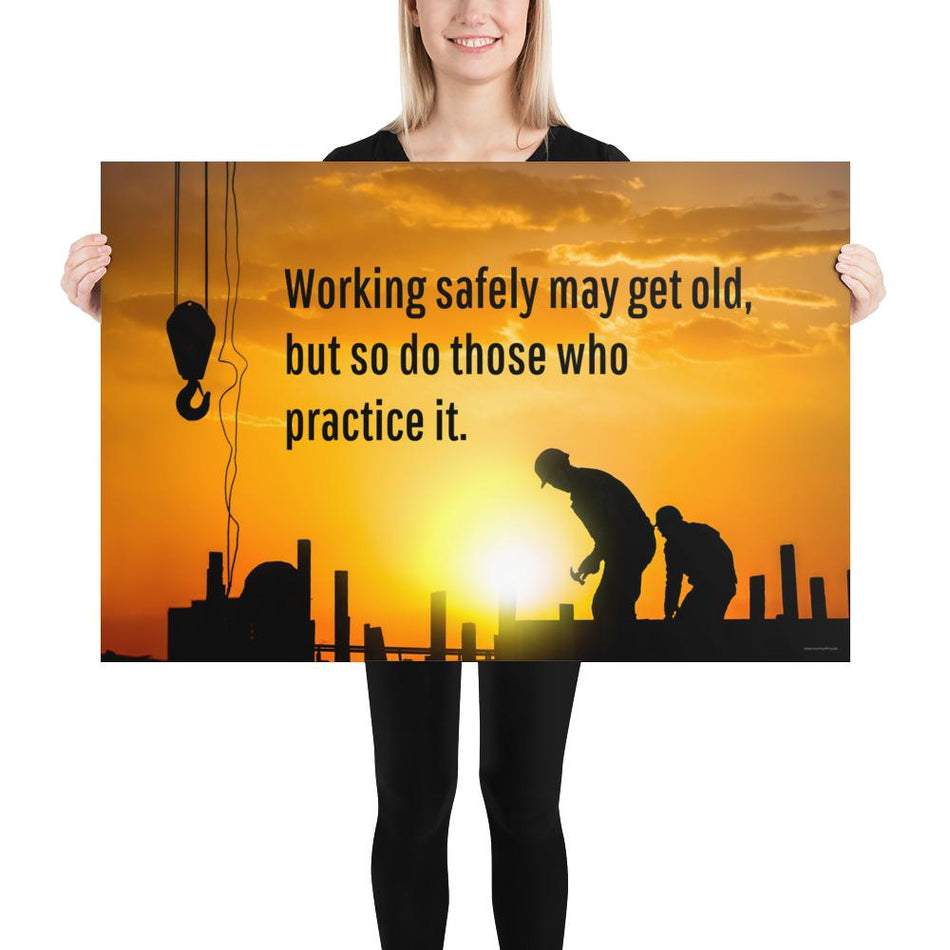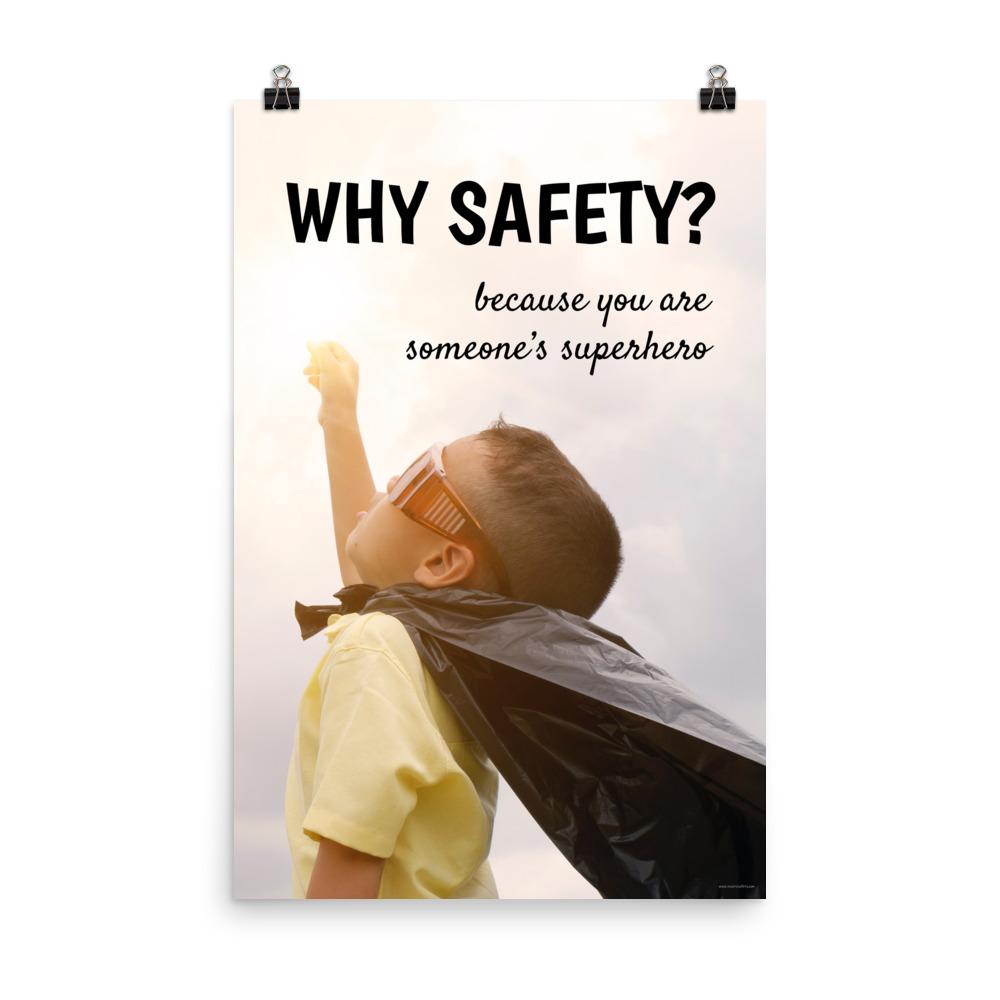Slips, trips, and falls may sound like simple mishaps, but they are actually one of the leading causes of workplace injuries across industries. From hallways and stairwells to parking lots and break rooms, fall hazards are everywhere. The good news is that most accidents can be prevented with awareness, good housekeeping, and safe work habits. By making slip trip and fall prevention a priority, businesses can protect their employees and reduce costly injuries.
To prevent accidents, it’s important to first understand what causes them:
-
A slip occurs when there isn’t enough friction between footwear and the walking surface. Wet floors, slick tiles, or the wrong type of shoes often contribute to slips.
-
A trip happens when your foot catches on an obstacle such as a cord, clutter, or uneven flooring, while your momentum keeps you moving forward.
-
A fall results when either a slip or trip leads to loss of balance. Falls are the most serious outcome and can cause sprains, strains, fractures, or worse.
Recognizing these distinctions is the first step in effective workplace accident prevention.
Hazards exist in nearly every workplace environment. Some of the most common risks that lead to slips, trips, and falls include:
-
Wet or slippery surfaces from spills, leaks, or cleaning activities.
-
Uneven flooring such as loose carpets, cracked tiles, or peeling laminate.
-
Electrical cords and cables stretched across walkways.
-
Poor lighting in stairwells, storage areas, or hallways.
-
Cluttered aisles and open drawers that block safe passage.
-
Improper use of stools or ladders, especially unstable or damaged equipment.
Even a seemingly small oversight—like leaving a file drawer open—can create a serious fall hazard.
One of the best strategies for slip trip and fall prevention is maintaining good housekeeping throughout the workplace. A clean, organized environment significantly reduces risks. Key practices include:
-
Keep walkways clear of boxes, tools, or personal belongings.
-
Clean spills immediately and post wet floor signs until surfaces are dry.
-
Route cords and cables away from foot traffic, keeping them against walls or behind furniture.
-
Repair damaged flooring promptly to eliminate uneven walking surfaces.
-
Ensure proper lighting in all areas, including stairwells and storage rooms.
Temporary hazards, such as ongoing maintenance or leaks, should be clearly marked with cones, signs, or caution tape to warn employees. Anti-slip tape on stairs can also improve traction and visibility.
Even in a well-maintained environment, employees need to practice safe walking habits. Encourage workers to:
-
Walk at a steady pace instead of rushing.
-
Watch where they step and avoid distractions.
-
Carry loads that don’t block their line of sight.
-
Use handrails on stairs and take one step at a time.
-
Use proper ladders or step stools instead of standing on chairs.
Inspect ladders and step stools before use to ensure stability and safety. Placing equipment on level ground before climbing is essential for preventing falls.
Beyond good housekeeping and safe walking, additional precautions can strengthen fall prevention efforts:
-
Close cabinets and drawers immediately after use.
-
Keep emergency exits visible and free of clutter.
-
Use brightly colored tape to mark changes in elevation or floor levels.
-
Stay alert when walking through unfamiliar areas.
-
Report hazards right away so they can be corrected.
Promoting a “see something, say something” culture ensures everyone plays a role in maintaining a safe workplace.
Slips, trips, and falls are a top cause of workplace injuries and workers’ compensation claims. A single accident can result in serious medical issues, lost workdays, and significant costs for employers.
By implementing simple slip trip and fall prevention strategies—like cleaning up spills promptly, keeping aisles clear, and staying alert—companies can drastically reduce accidents. These small, consistent actions protect employees, improve productivity, and create a culture of safety.
To reduce slip, trip, and fall hazards in your workplace, remember:
-
Keep work areas neat and walkways clear.
-
Clean spills quickly and use wet floor signs.
-
Manage cords and cables so they don’t cross paths.
-
Use handrails on stairs and take your time.
-
Always use safe equipment when reaching overhead.
-
Report hazards immediately.
Slip trip and fall prevention isn’t complicated—it’s about consistency, awareness, and shared responsibility. By practicing good housekeeping, promoting safe walking habits, and addressing hazards quickly, employers and employees can work together to create safer environments. A little attention today can prevent serious accidents tomorrow.



